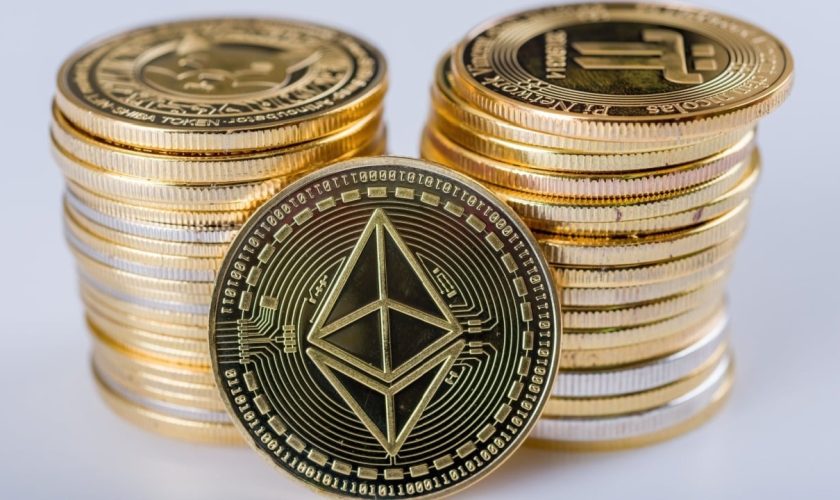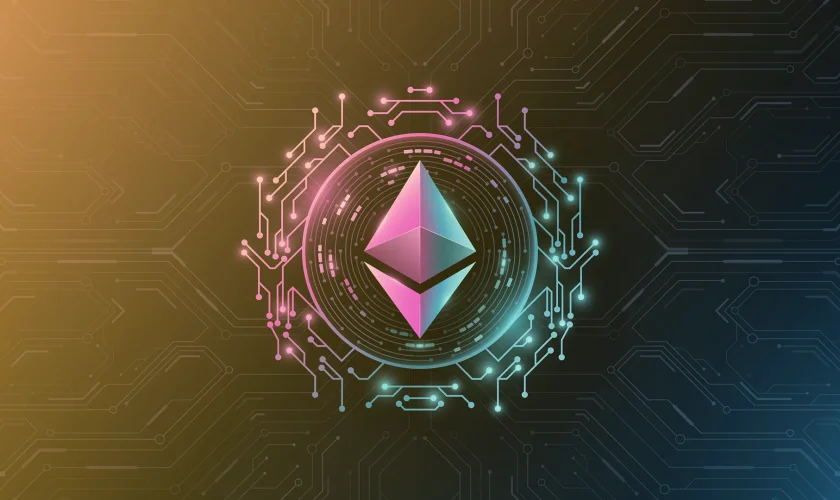Introduction: A Vision Beyond Digital Currency
In a world captivated by Bitcoin’s allure as digital gold, Ethereum has quietly but decisively carved out its own profound legacy. Conceived not merely as a cryptocurrency but as a programmable platform for decentralized innovation, Ethereum is the beating heart of an entire ecosystem of applications that defy the conventional boundaries of finance, art, and governance. To understand Ethereum is to glimpse the future of how humans may organize, exchange value, and build trust in an increasingly digital and borderless world.
Genesis of Ethereum: From Bitcoin’s Limits to Boundless Logic
Bitcoin’s elegance lies in its simplicity: a decentralized ledger for transferring and storing digital value. Yet in its simplicity lay a boundary that frustrated the creative impulses of developers like Vitalik Buterin. While Bitcoin offered robust security and digital scarcity, it lacked the flexibility to do anything beyond record transactions. Buterin, then a precocious teenager, imagined something more expansive: a blockchain that was not just a ledger but a decentralized world computer—capable of executing self-enforcing logic known as smart contracts. Ethereum launched in 2015, and with it came a radical proposition: trust not in people, but in code that runs exactly as written.
Understanding the Core: How Ethereum Works
At its foundation, Ethereum is an open-source blockchain that stores and verifies transactions across a global network of nodes. But unlike Bitcoin’s single-purpose design, Ethereum includes a built-in programming language that enables developers to write and deploy smart contracts—tiny programs that live autonomously on the blockchain.
Key elements make Ethereum uniquely powerful:
-
Smart Contracts: These are self-executing agreements that run when predetermined conditions are met, eliminating intermediaries and reducing costs.
-
Ether (ETH): The native cryptocurrency of Ethereum, used to pay transaction fees and computational services, commonly referred to as “gas.”
-
Ethereum Virtual Machine (EVM): The decentralized global computer that processes smart contracts, ensuring that every node in the network reaches the same outcome.
-
Open Participation: Anyone can deploy applications on Ethereum, creating a vibrant open-source community.
The Rise of Decentralized Finance (DeFi): Disrupting Traditional Banking
Perhaps nowhere is Ethereum’s transformative nature more evident than in the burgeoning world of decentralized finance. DeFi replaces banks and brokers with code—smart contracts that execute trades, lend assets, and generate interest without the friction of paperwork or the need to trust a single institution.
Core DeFi innovations include:
-
Decentralized Exchanges (DEXs): Platforms like Uniswap allow users to swap tokens directly from their wallets.
-
Lending Protocols: Services like Aave or Compound enable anyone to lend or borrow assets using collateralized smart contracts.
-
Yield Farming: Innovative ways to earn returns by providing liquidity to DeFi protocols.
This new financial frontier has unlocked economic participation for millions globally, especially in regions underserved by traditional banking.
NFTs and the Digital Renaissance
Another pillar of Ethereum’s impact is its pivotal role in the explosion of non-fungible tokens (NFTs). Before NFTs, the internet made it easy to duplicate digital art infinitely—ownership was nebulous at best. Ethereum’s smart contracts changed that by creating unique, verifiable digital assets tied to the blockchain.
NFTs have empowered artists, musicians, and creators to monetize their work directly, setting their own terms and receiving royalties automatically through code. From digital paintings that auction for millions to entire virtual worlds where land ownership is tokenized, NFTs represent a redefinition of what it means to own something in the digital realm.
Decentralized Autonomous Organizations (DAOs): Governance by Community
Ethereum’s innovation extends into governance itself. DAOs—Decentralized Autonomous Organizations—are collectives managed by smart contracts and governed by token holders who vote on proposals. These communities pool resources and make decisions democratically, from funding software development to investing in startups.
Key features of DAOs include:
-
Transparency: All rules and transactions are recorded publicly.
-
Participation: Members can propose and vote on initiatives directly.
-
Borderless Structure: DAOs operate without central headquarters, drawing participants from around the globe.
Challenges: Growing Pains of a Digital Pioneer
Ethereum’s explosive popularity has come with serious growing pains. Its original Proof-of-Work consensus, the same energy-intensive system used by Bitcoin, raised valid environmental concerns. High transaction fees—sometimes reaching hundreds of dollars for a single smart contract execution—have priced out many smaller users during periods of congestion.
Scalability has long been Ethereum’s Achilles heel. A network designed to handle limited transactions struggled as developers flocked to deploy DeFi apps and NFTs, crowding the blockchain and driving up costs.
The Road to Ethereum 2.0: Toward Sustainability and Scale
Ethereum’s solution to these challenges is an ambitious upgrade known as Ethereum 2.0—a multi-phase transformation already well underway.
Key milestones include:
-
The Merge: In September 2022, Ethereum successfully shifted from energy-hungry Proof-of-Work to Proof-of-Stake, slashing its energy consumption by over 99%.
-
Sharding: Planned for future phases, sharding will divide the blockchain into smaller pieces that process transactions simultaneously, vastly improving throughput.
-
Layer 2 Solutions: These innovations build on top of Ethereum, offloading transactions to secondary chains and settling back to the main chain for security.
Together, these developments promise to keep Ethereum at the forefront of blockchain innovation while addressing its environmental and economic hurdles.
Ethereum vs. Its Rivals: Holding the Crown in a Competitive Arena
Ethereum’s success has inevitably inspired competition. Blockchains like Solana, Avalanche, and Polkadot tout faster speeds and lower fees. While these “Ethereum killers” have captured segments of the market, Ethereum’s unmatched developer community, deep liquidity, and relentless commitment to decentralization continue to make it the go-to platform for innovation.
Rather than static competition, this rivalry has driven the ecosystem forward—fueling experiments in consensus models, governance, and scalability that benefit the blockchain industry as a whole.
Conclusion: Ethereum’s Legacy Is Still Being Written
Ethereum’s story is not merely one of technological achievement but of philosophical audacity. It is an ongoing experiment in trustless systems, collective governance, and the idea that code can replace traditional gatekeepers. From decentralized finance to digital art to democratic communities, Ethereum has transformed the way we think about ownership, value, and cooperation in a digital age.
Its journey is far from complete. It will face regulatory scrutiny, technological hurdles, and cultural battles yet to come. But in its elegant fusion of cryptography, economics, and open-source spirit, Ethereum stands as one of the most daring and consequential inventions of our time—an engine for a new kind of internet, owned and operated by everyone, everywhere.






